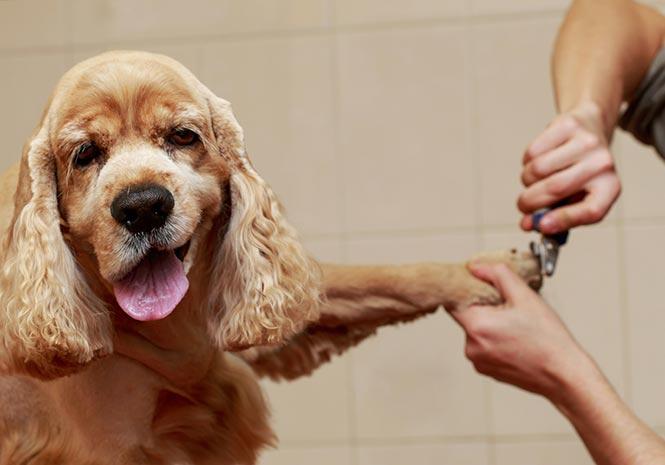
Primates engage in intense bouts of hair care and flea picking and horses love to nibble each other’s manes and backs.
Primates engage in intense bouts of hair care and flea picking and horses love to nibble each other’s manes and backs. Grooming is, therefore, an important behavioural interaction between man and dog. It also establishes us as the dominant one. The dog recognises this dominance when it “grooms” us by licking our hands and exposed skin, if we allow it. Start grooming as early as possible. Check and handle the ears, eyes, teeth, and nails. All dogs need grooming, some more than others. Generally, the longer the hair, the more frequently the grooming will be required. Introduce the brush and comb as a pleasant experience for short but frequent periods while the dog is still a puppy. Do not wait until your dog becomes knotted and tangled or its fur is clogged with dried mud before you think of grooming it. This is the surest way to make your dog hate grooming. Badly knotted fur should only be dealt with by experts. Consult your vet or a grooming specialist. Don´t forget that when nails are very long, cutting should be carried out by a vet because it is easy to cut into a vein in the nail, which causes bleeding as well as being painful. A vet will be able to cauterise it at once should this happen. The best way to keep your dog’s nails in trim is to take lots of walks on hard surfaces. If you do buy a special cutter from a vet or pet shop, only cut the very end of the nail. If the dog is nervous, handle its paws daily until it gets used to this, and then cut the claws on one foot a day.
To read more, subscribe to Buddy Life!
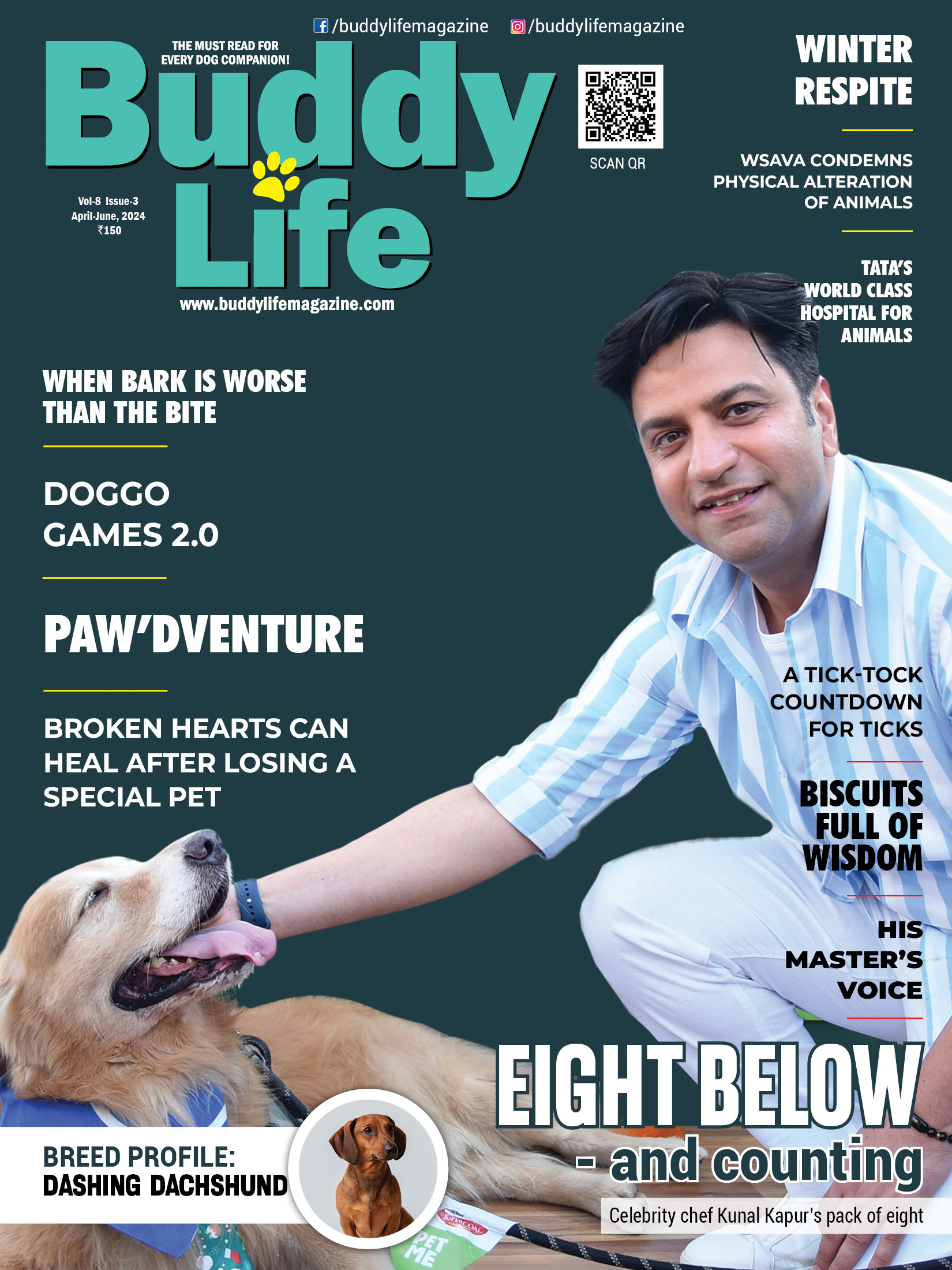
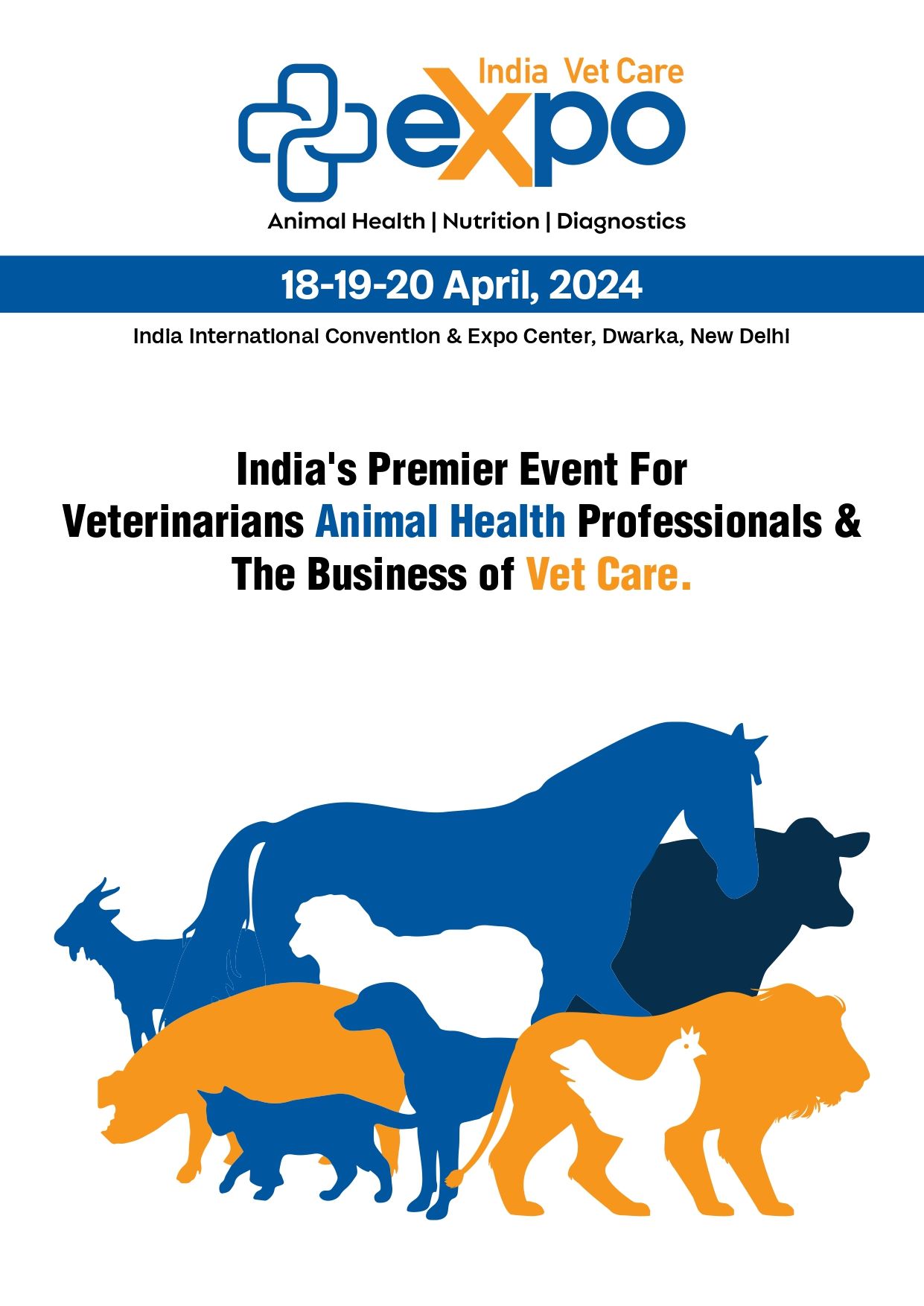



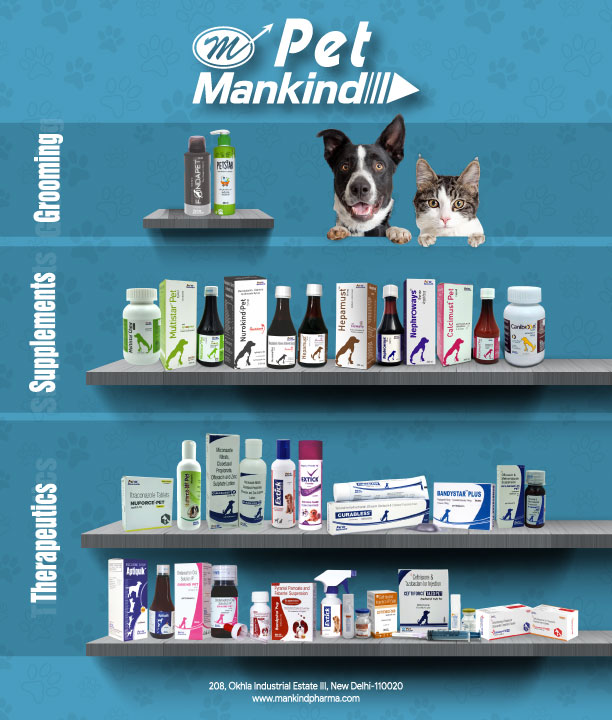
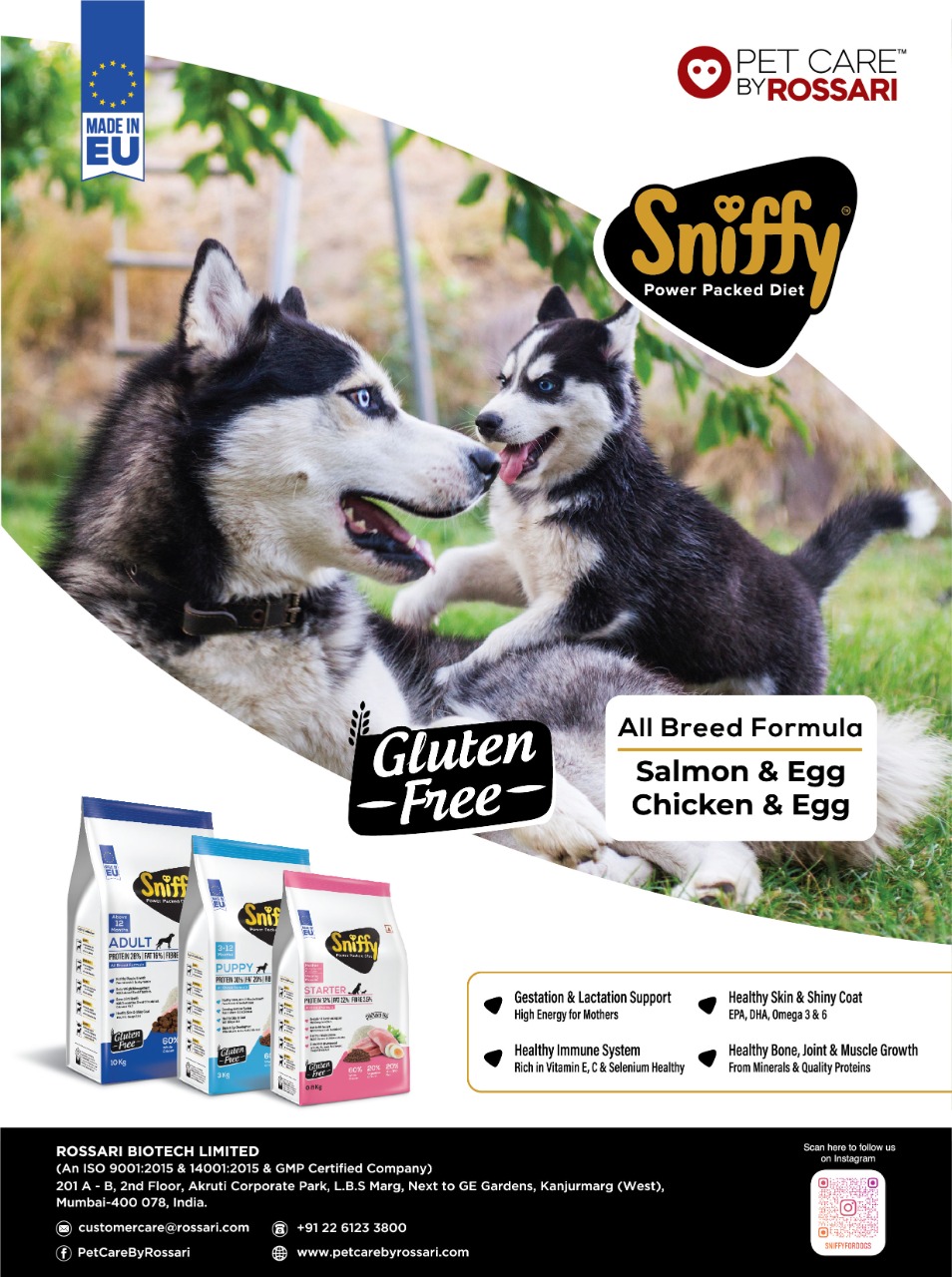
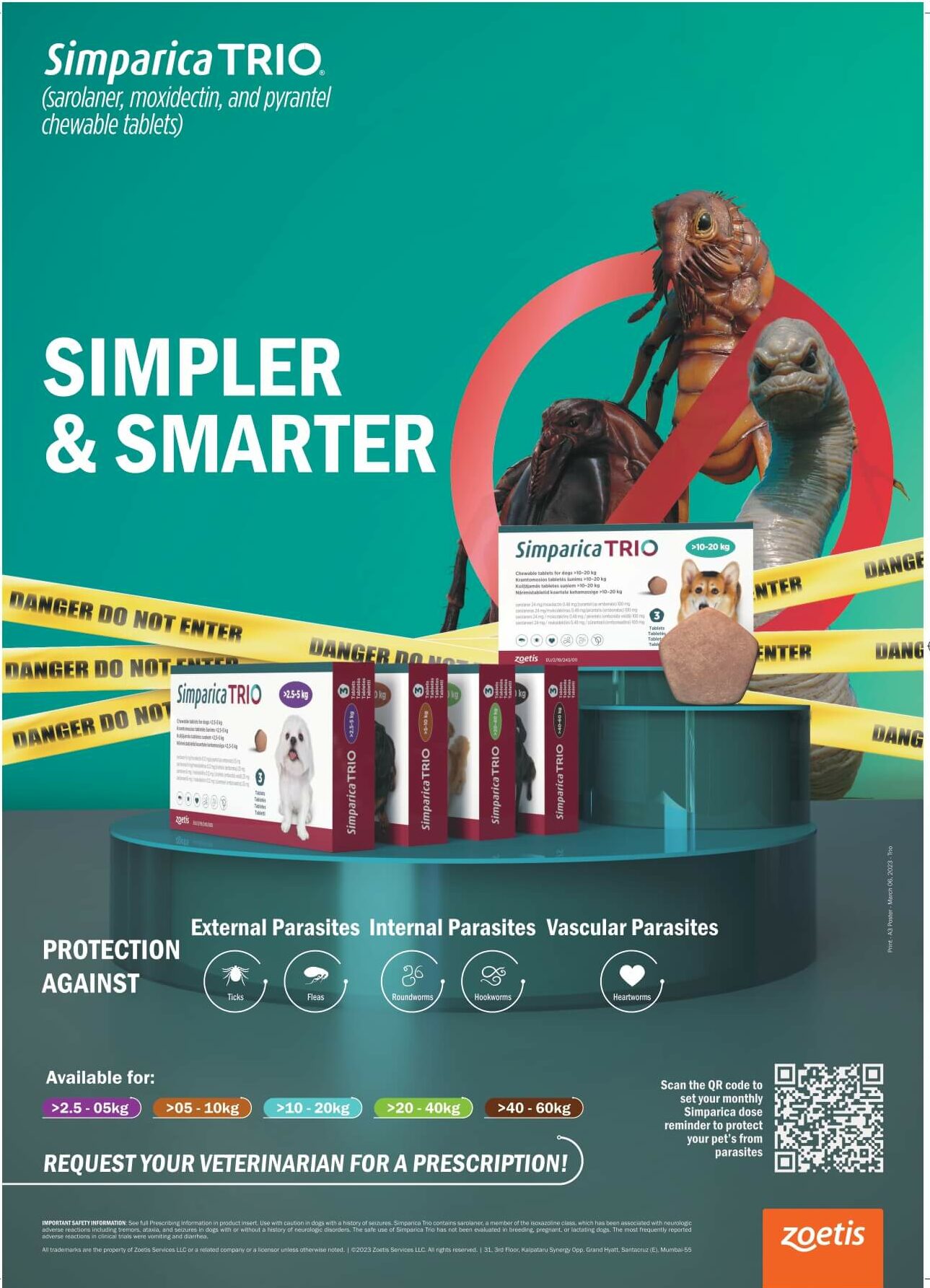


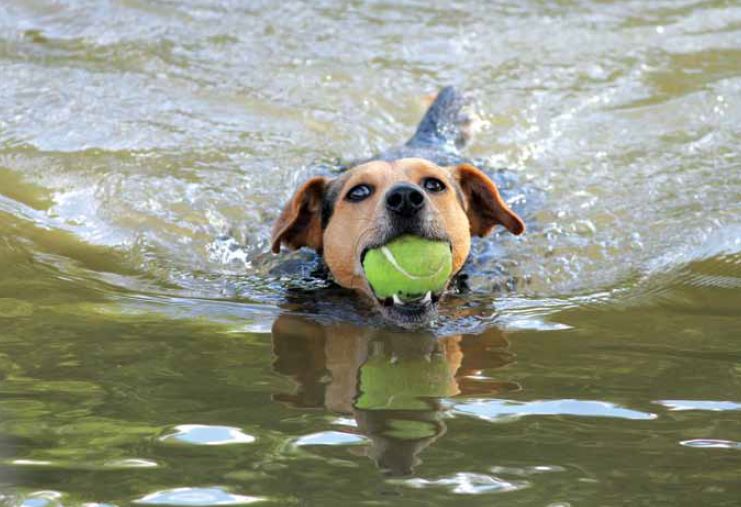 " >
" >
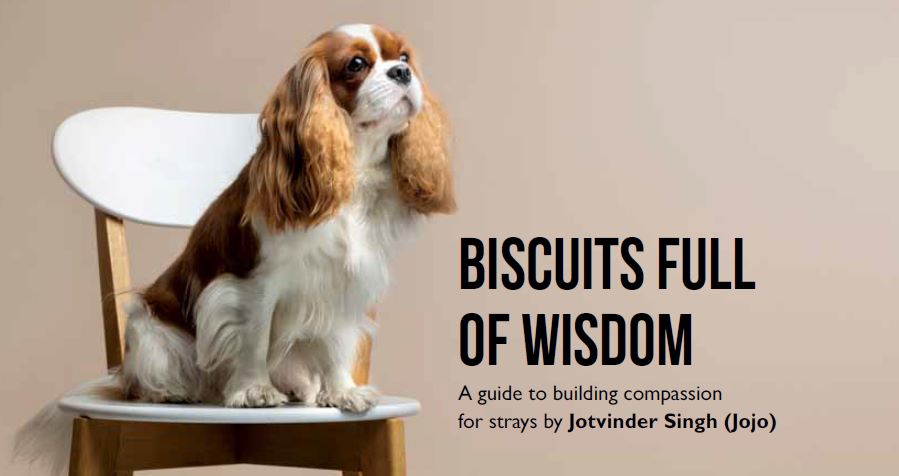 " >
" >